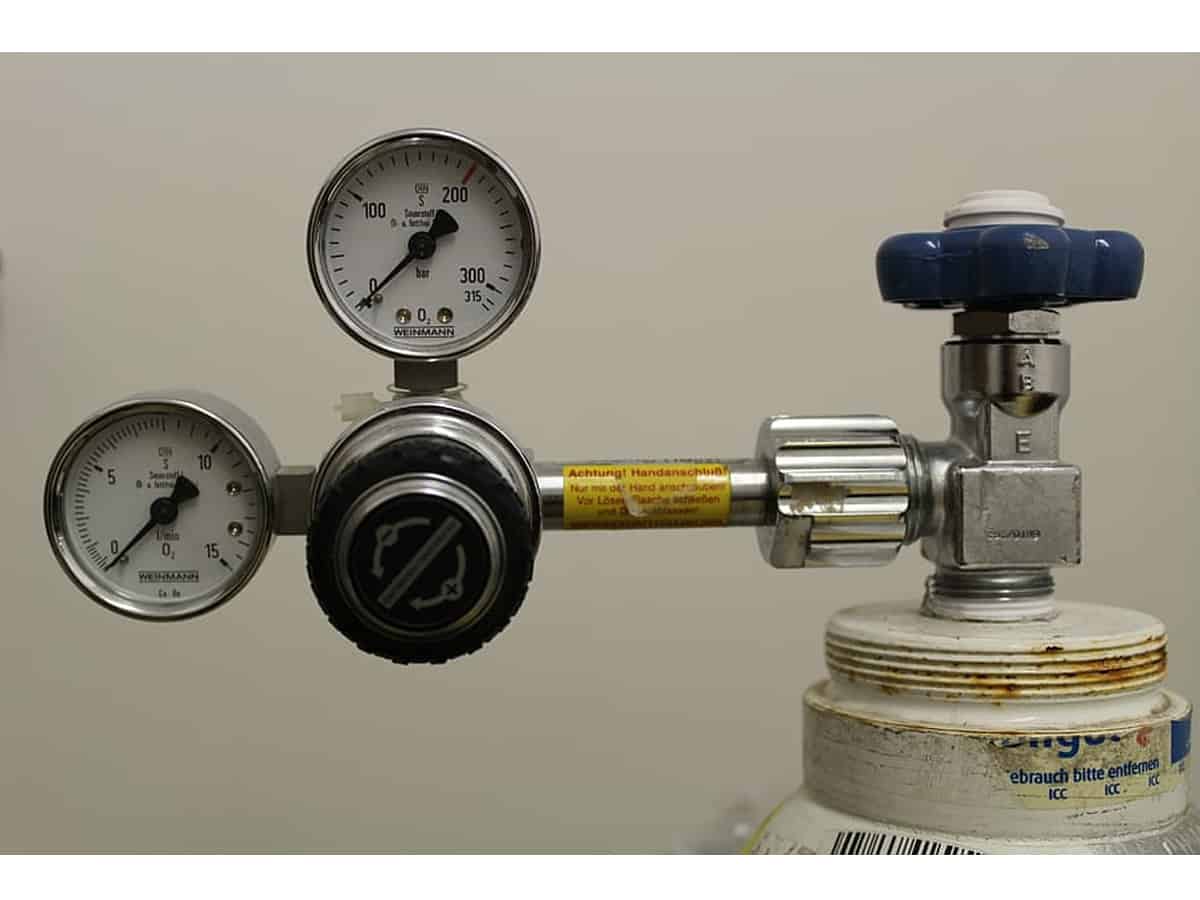Siasat.com
Hyderabad: Shortness of breath or breathing disorders are most common complaints in patients who are suffering from COVID-19.
According to the doctors, shortage of oxygen cylinders and oxygen beds in the hospitals are the reason for the spike in deaths. In medical terms, the shortness of breath or lack of oxygen is known as “Happy hypoxia”
What is happy hypoxemia?
Hypoxemia is defined as “a decrease in the partial pressure of oxygen in the blood.” As blood oxygen levels begin to reduce, a person may experience shortness of breath, also called dyspnea. If blood oxygen levels continue to fall, the organs may shut down, and the issue becomes life threatening.
According to a doctor of Chest hospital, oxygen levels in some COVID-19 positive patients were found to be very less. Despite low oxygen level, some patients feel normal and busy in their day to day life routine.
Brain feels the low level of oxygen when the condition becomes serious, he added.
According to the experts, the blood oxygen saturation level of a normal person is around 95 percent or more.
A pulse oximeter is used to detect blood oxygen levels in a COVID-19 patient.
Blood oxygen levels below 90 percent are considered to be very low and such patients need ventilator. A person with low oxygen levels would have symptoms like shortness of breath and chest pain.
However, in happy hypoxia, the person shows no such symptoms.
A person with less than 90 percent of oxygen level feels tiredness, stressed and mentally dispersed as oxygen did not reach the brain. Less than 80 percent of oxygen level can damage the organs.
However, most of the COVID-19 patients with less than 80 percent of oxygen level got cured and discharged.

